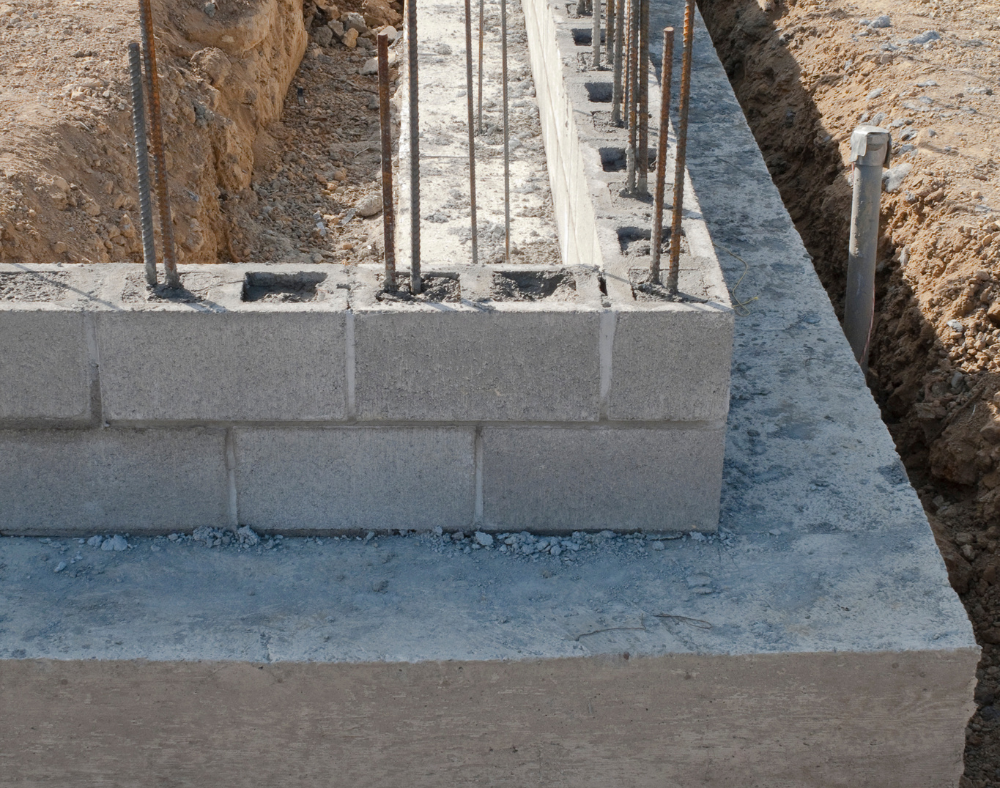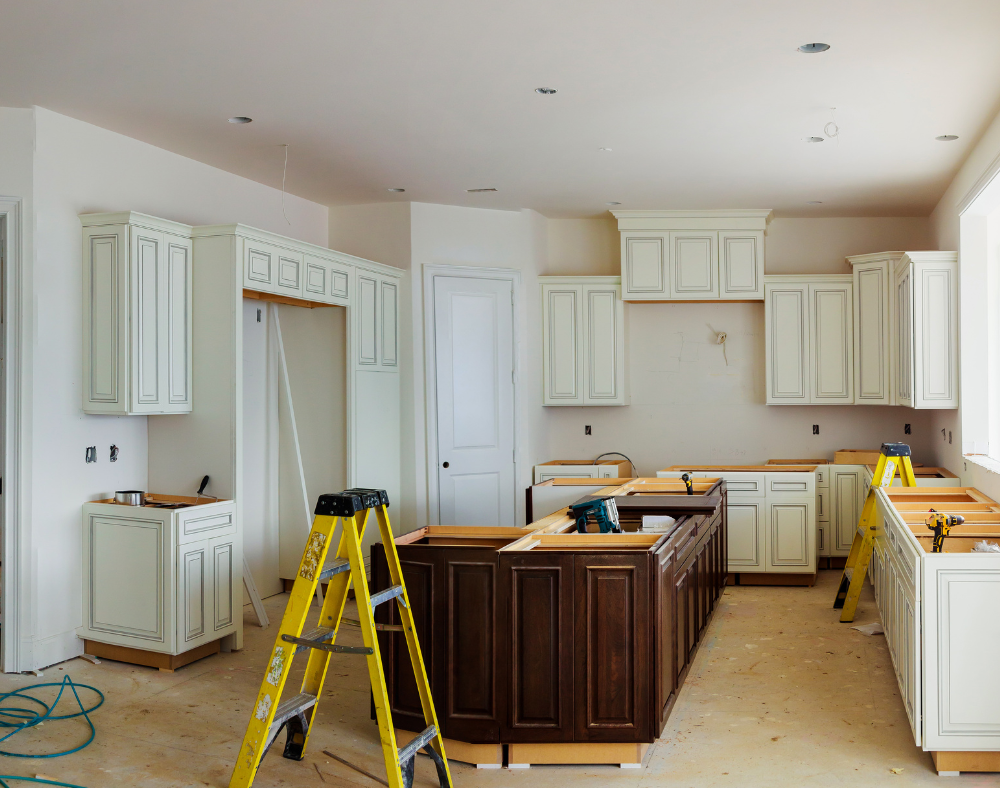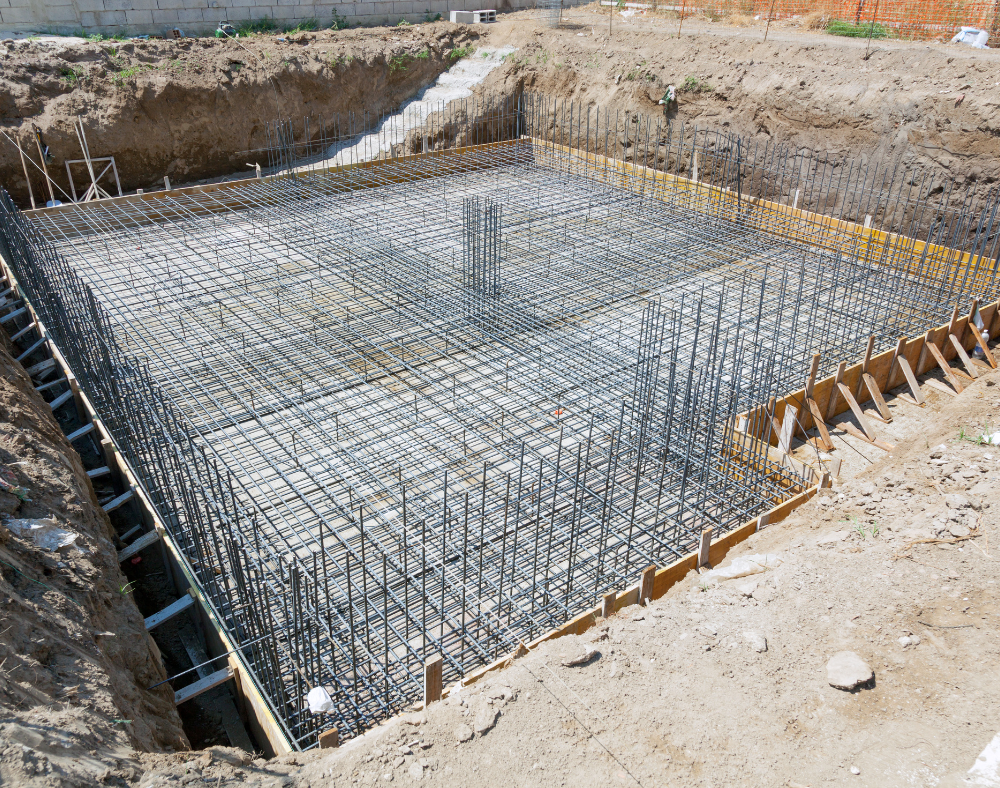Understanding construction setbacks & how to keep your project on track
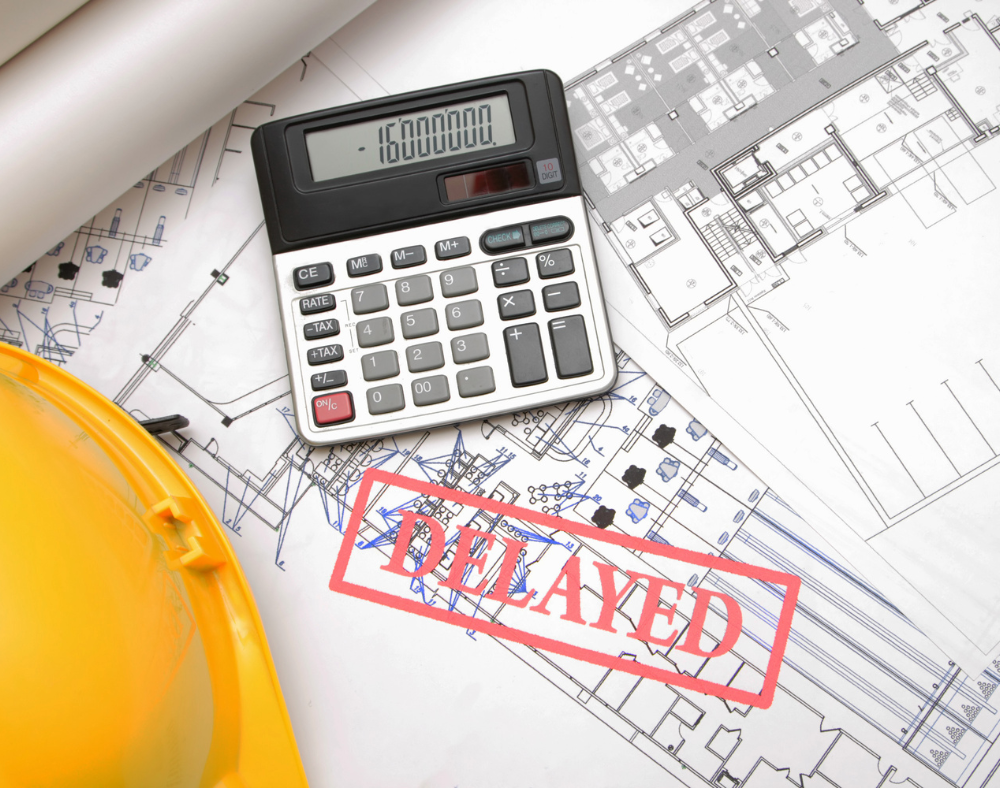
Construction delays are a frequent challenge that can increase costs, push back deadlines, and frustrate both contractors and clients. Understanding the common causes of construction delays and implementing a solid project timeline can prevent these issues and keep your project on track. In this post, we'll explore the main reasons for delays and explain why creating a clear timeline is essential for every construction project.
Common Causes of Construction Delays
- Poor Weather Conditions: One of the most common and uncontrollable reasons for delays is adverse weather. Heavy rains, snowstorms, or extreme temperatures can halt construction progress, especially on outdoor projects. Construction teams often plan for some weather-related setbacks, but long periods of unfavorable weather can significantly impact the project timeline.
- Inadequate Planning: Lack of a clear and comprehensive project plan is a key cause of delays. When there’s insufficient planning, it can lead to confusion about deadlines, miscommunication among teams, and missed steps in the process. Proper project management and detailed schedules help ensure every phase is handled efficiently.
- Material Shortages: The availability of construction materials can sometimes be an issue, particularly if the materials are custom-ordered or come from international suppliers. Material shortages or delivery delays can result in downtime, halting progress until the required items arrive. It’s vital to source materials ahead of time to avoid waiting on supplies.
- Design Changes: Mid-project changes to the design or scope can cause delays, as adjustments need to be made and new materials ordered. These changes might result from client preferences, unforeseen issues with the initial design, or regulatory requirements that weren’t considered earlier. Always account for potential changes and adjust timelines accordingly.
- Unforeseen Site Conditions: Unexpected issues, such as discovering poor soil quality, hidden utility lines, or environmental hazards, can halt construction while solutions are found. These issues require immediate attention, and addressing them often means revising the project timeline.
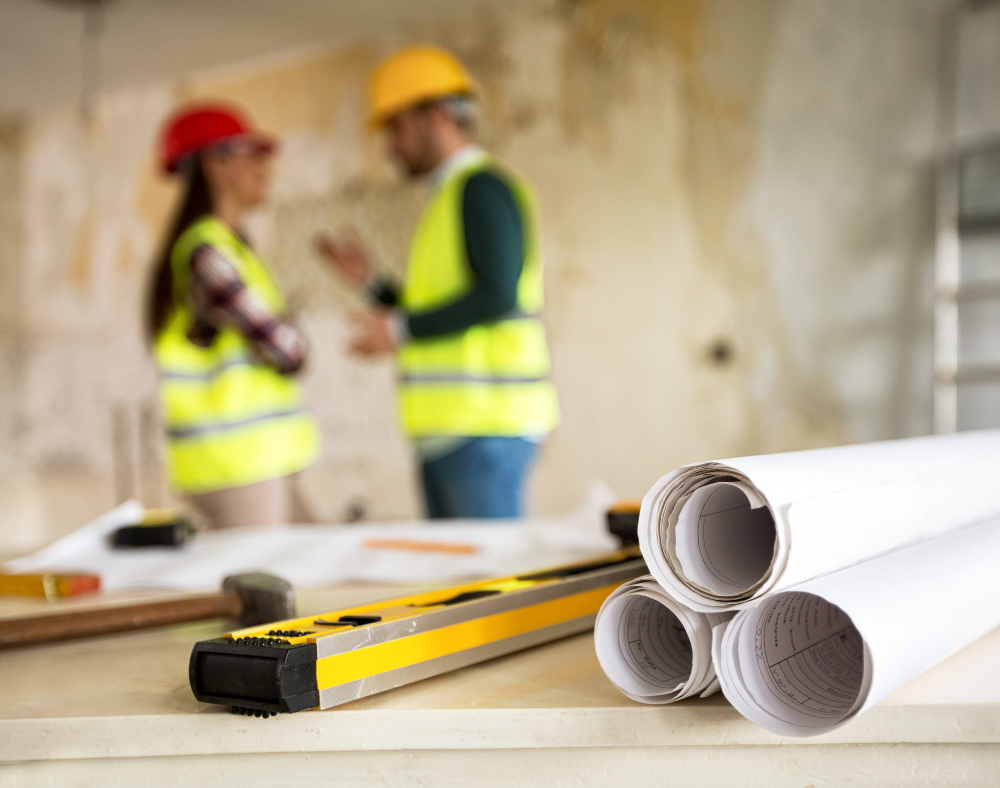
- Labor Shortages: Skilled labor shortages are another common cause of construction delays. If there aren’t enough workers to complete tasks on schedule, the project can fall behind. Labor shortages can result from various factors, such as high demand in the construction industry or worker strikes. Ensuring you have a reliable team is essential.
- Permitting and Legal Delays: Obtaining necessary permits can be a lengthy process. Delays in securing permits from local authorities can hold up the entire project. Furthermore, issues like zoning disputes or regulatory compliance can delay construction while awaiting resolutions from governing bodies.
- Equipment Breakdowns: The malfunction or breakdown of essential equipment can lead to downtime, especially if repairs take time or if backup equipment isn’t available. Regular maintenance and inspections can reduce the risk of equipment failure during construction.
- Financial Issues: A project's progress can be stalled due to budget overruns or financial constraints. This can happen if costs are underestimated or if unexpected expenses arise. Having a well-prepared budget with contingencies is crucial to avoiding financial roadblocks.
- Supply Chain Disruptions: Supply chain issues, such as transportation delays or disruptions in global markets, can slow down the delivery of crucial construction materials. Being aware of potential supply chain challenges and working with reliable suppliers can mitigate these risks.

Why a Project Timeline is Crucial
Now that we've explored the main causes of construction delays, let's focus on why having a comprehensive project timeline is crucial for the success of any construction project.
1. Provides Clarity and Structure
A detailed project timeline gives everyone involved a clear understanding of the sequence of tasks, deadlines, and responsibilities. From contractors to suppliers to clients, a timeline helps everyone stay informed and ensures that the project progresses smoothly. A clear schedule helps minimize miscommunication, as it keeps each team member aligned with the project’s goals.
2. Helps Identify and Avoid Potential Delays
With a solid timeline in place, it’s easier to identify potential bottlenecks or areas that could cause delays. By outlining each phase of the project, contractors can allocate resources efficiently and ensure all materials and labor are available on time. Addressing issues like material shortages or weather forecasts ahead of time can help you avoid delays.
3. Maintains Accountability
A timeline establishes accountability by clearly outlining each party’s tasks and deadlines. Contractors know when they need to complete tasks, and clients understand when to make decisions or approve designs. This mutual accountability keeps the project on track and reduces the likelihood of delays.
4. Ensures Budget Adherence
Without a project timeline, it’s easy for costs to spiral out of control. Unexpected delays can lead to additional labor costs, equipment rentals, or rush orders for materials. A timeline helps manage the budget by keeping the project moving forward, reducing the need for costly adjustments or overtime.
5. Enhances Client Satisfaction
Clients are often anxious about delays, as time is money in construction. A well-structured timeline gives clients a realistic expectation of when their project will be completed. Regular updates on progress also help ease their concerns. When clients are informed and confident that the project is on track, they’re more likely to be satisfied with the final result.
6. Improves Efficiency and Resource Allocation
A timeline allows contractors to better allocate resources and manpower. By knowing exactly when specific tasks need to be completed, construction managers can assign workers to the right jobs at the right times, maximizing efficiency and minimizing downtime.
7. Enables Contingency Planning
Delays are sometimes unavoidable, but having a timeline helps create a buffer to manage unforeseen issues. A contingency plan with built-in flexibility can mitigate the impact of delays caused by weather, equipment failure, or other unplanned events.

Final Thoughts
Construction delays can have a significant impact on both project costs and client satisfaction. By understanding the common causes—such as poor weather, material shortages, or inadequate planning—you can anticipate potential setbacks and take steps to avoid them. The key to preventing delays lies in careful planning and the use of a well-defined project timeline. A timeline helps manage expectations, allocate resources efficiently, and ensure that everyone involved stays accountable to deadlines.
Additional Resources:
- The Importance of a Construction Timeline
- 10 Common Causes of Construction Delays
- How to Avoid Construction Delays
- Weather and Construction Delays
- Understanding Construction Permits
By keeping these factors in mind and asking the right questions, you can ensure that your construction project stays on time, within budget, and meets everyone’s expectations.

